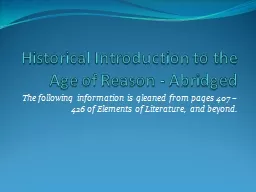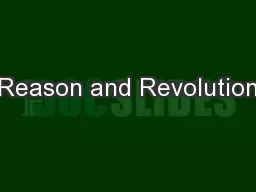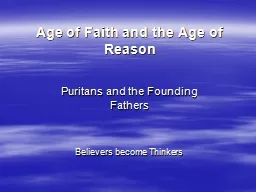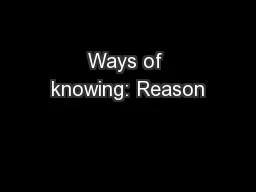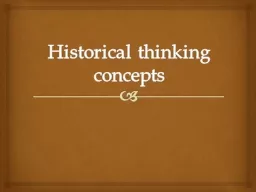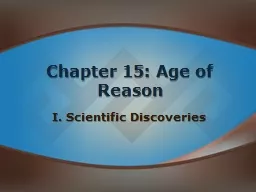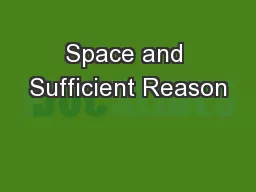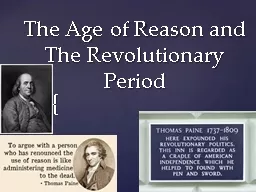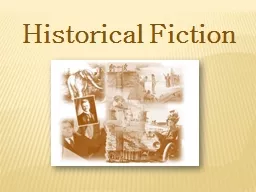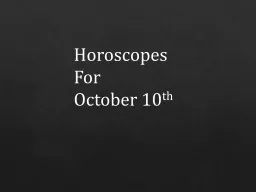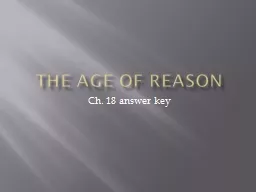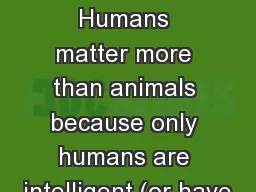PPT-Historical Introduction to the Age of Reason - Abridged
Author : stefany-barnette | Published Date : 2017-09-21
The following information is gleaned from pages 407 426 of Elements of Literature and beyond An Age of Many Names The time period from 1660 to 1800 is a time of
Presentation Embed Code
Download Presentation
Download Presentation The PPT/PDF document "Historical Introduction to the Age of Re..." is the property of its rightful owner. Permission is granted to download and print the materials on this website for personal, non-commercial use only, and to display it on your personal computer provided you do not modify the materials and that you retain all copyright notices contained in the materials. By downloading content from our website, you accept the terms of this agreement.
Historical Introduction to the Age of Reason - Abridged: Transcript
Download Rules Of Document
"Historical Introduction to the Age of Reason - Abridged"The content belongs to its owner. You may download and print it for personal use, without modification, and keep all copyright notices. By downloading, you agree to these terms.
Related Documents

